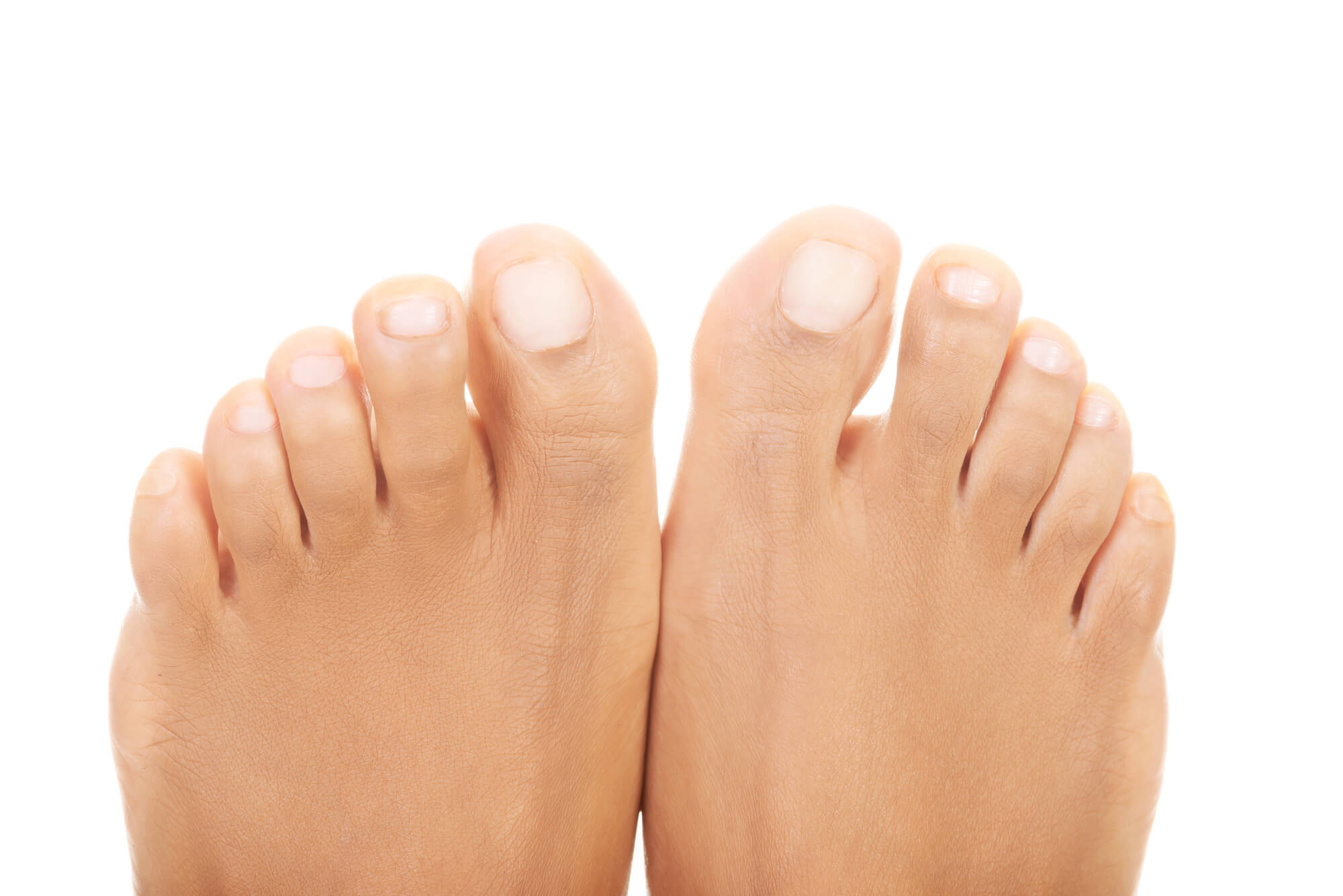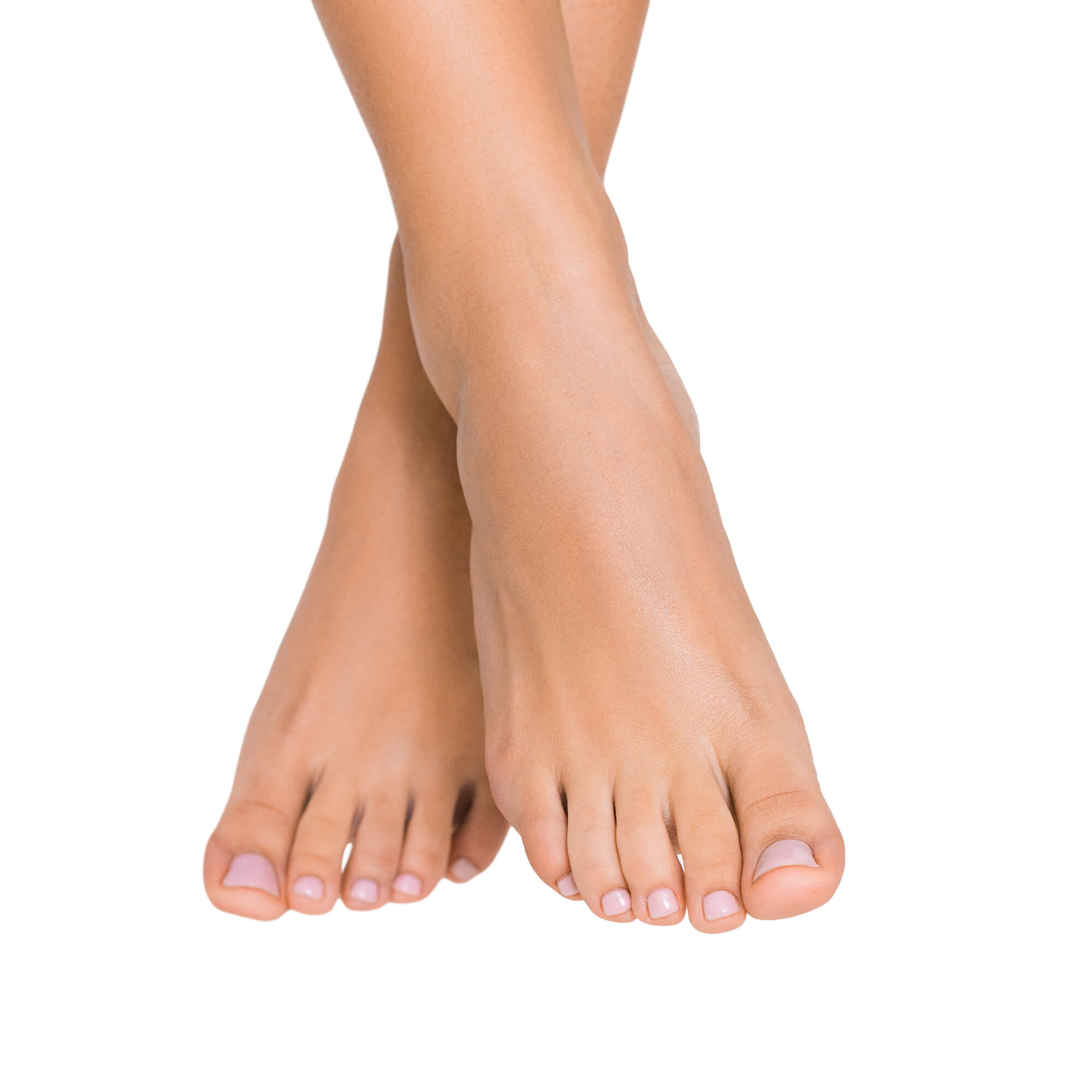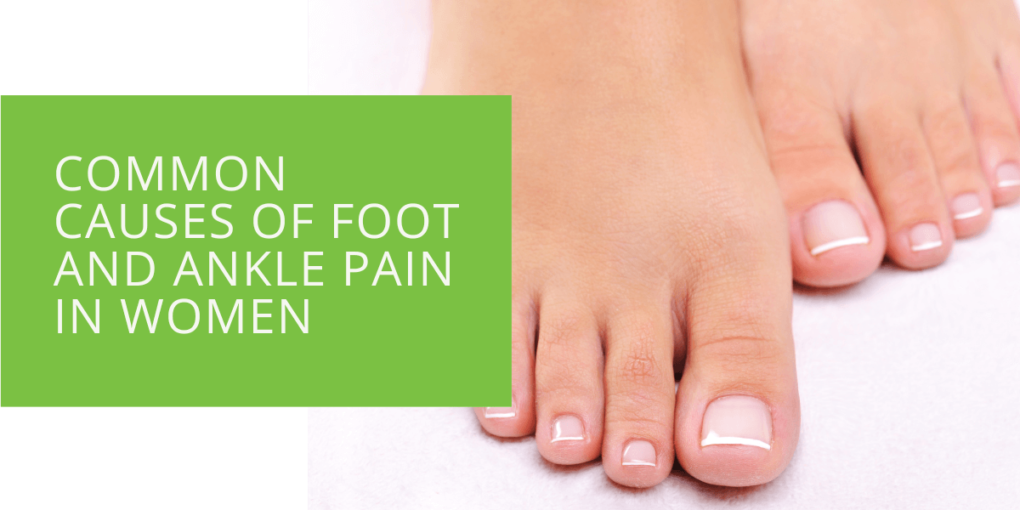Common Causes of Foot and Ankle Pain in Women
Foot and ankle pain is a common condition that affects people of all ages and genders. However, their unique anatomical and physiological differences make women more prone to foot and ankle pain. This article will explore the most common causes of foot and ankle pain in women, their symptoms, and treatment options.
Causes of Foot and Ankle Pain in Women
High Heels
High heels are one of the women's most common causes of foot and ankle pain. Wearing high heels changes the biomechanics of the foot and increases the pressure on the ball of the foot and the toes. This can cause problems such as corns, calluses, and blisters. Moreover, high heels can cause or exacerbate plantar fasciitis and Achilles tendonitis.
To prevent or alleviate pain caused by high heels, women should avoid wearing high heels for prolonged periods, wear shoes with a lower heel height, choose shoes with good arch support, and stretch their feet before and after wearing high heels.
Pregnancy
Pregnancy can cause foot and ankle pain in women due to increased body weight and hormonal changes. The added weight can put more pressure on the feet, leading to problems such as plantar fasciitis and flat feet. Additionally, releasing hormones during pregnancy can loosen the ligaments and cause the foot bones to spread, leading to discomfort and swelling.
Women should rest and elevate their feet whenever possible to manage pain during pregnancy, perform foot stretches and exercises, wear comfortable and supportive shoes, and maintain a healthy body weight.
Arthritis
Arthritis is a common condition that affects the joints, including those in the foot and ankle. Women are more likely to develop arthritis than men due to hormonal and genetic factors. Many types of arthritis can affect the foot and ankle, including osteoarthritis, rheumatoid arthritis, and psoriatic arthritis.
Symptoms of arthritis include pain, stiffness, swelling, and limited range of motion. Treatment options may include medication, physical therapy, rest, exercise, and in some cases, surgery.

Plantar Fasciitis
Plantar fasciitis is a condition that causes pain and inflammation in the plantar fascia, a thick band of tissue that connects the heel bone to the toes. Women are more likely to develop plantar fasciitis due to their higher levels of physical activity and hormonal factors.
Symptoms of plantar fasciitis include heel pain, stiffness, and tenderness. Treatment options may include rest, ice, compression, elevation (RICE), stretching exercises, physical therapy, medication, and surgery in severe cases.
Bunions
Bunions are a common disorder that affects women more commonly than men. They occur when the joint at the base of the big toe becomes misaligned and protrudes outward, causing discomfort and inflammation.
Symptoms of bunions include a visible bump on the big toe, pain, stiffness, and limited range of motion. Treatment options may include wearing comfortable shoes, using orthotics or shoe inserts, and in severe cases, surgery.
Sprain or Fracture
A sprain or fracture in the foot or ankle is a common cause of pain in women. Sprains and fractures can occur due to an injury or trauma, such as a fall or a sports-related accident.
Symptoms of a sprain or fracture include pain, swelling, bruising, and limited range of motion. Treatment options may include RICE, immobilization, physical therapy, and in severe cases, surgery.

Diagnosis and Treatment of Foot and Ankle Pain in Women
If you are experiencing foot and ankle pain, it's important to consult a podiatrist to determine the underlying cause and receive appropriate treatment. A podiatrist is a foot doctor specializing in diagnosing and treating foot and ankle disorders.
During your initial appointment, the podiatrist will examine your feet and ankles, review your medical history, and may perform diagnostic tests such as X-rays or MRI scans. Based on the examination and tests, the podiatrist will diagnose the cause of your pain and recommend a personalized treatment plan.
Treatment options may include rest, ice, compression, elevation, physical therapy, medication, and in severe cases, surgery. Your podiatrist will work with you to develop a treatment plan tailored to your specific needs and goals.
Prevention of Foot and Ankle Pain in Women
Preventing foot and ankle pain in women involves taking proactive steps to maintain foot health and prevent injuries. This includes wearing comfortable and supportive shoes, performing regular foot stretches and exercises, maintaining healthy body weight, and avoiding high-impact activities that can strain the feet and ankles.
Women at risk of developing foot and ankle pain, such as those who are pregnant or have a history of arthritis, should take extra precautions to prevent problems.
Conclusion
Foot and ankle pain is a common condition that affects women more commonly than men. High heels, pregnancy, arthritis, plantar fasciitis, bunions, and sprains or fractures are some of the women's most common causes. These conditions can cause discomfort, inflammation, and a limited range of motion in the foot and ankle, making it difficult to perform daily activities.
If you are experiencing foot and ankle pain, it's important to consult a podiatrist to determine the underlying cause and receive appropriate treatment. A podiatrist can diagnose the cause of your pain and recommend a personalized treatment plan tailored to your specific needs and goals. Treatment options may include rest, ice, compression, elevation, physical therapy, medication, and in severe cases, surgery.
Preventing foot and ankle pain in women involves taking proactive steps to maintain foot health and prevent injuries. This includes wearing comfortable and supportive shoes, performing regular foot stretches and exercises, maintaining healthy body weight, and avoiding high-impact activities that can strain the feet and ankles.
Women should prioritize their foot health, take proactive steps to prevent injuries, and seek timely medical attention when necessary. With proper diagnosis and treatment, women can alleviate their pain, restore their foot health, and enjoy an active, pain-free lifestyle.

